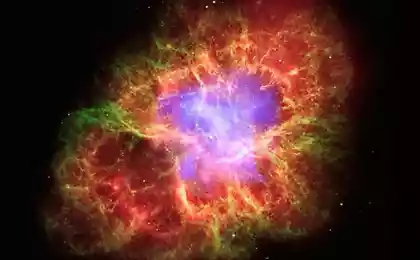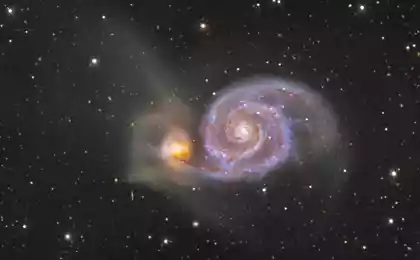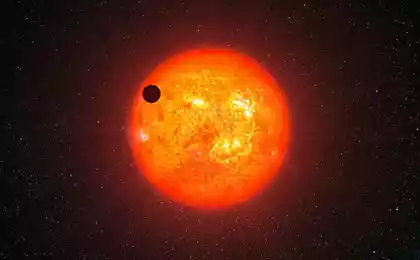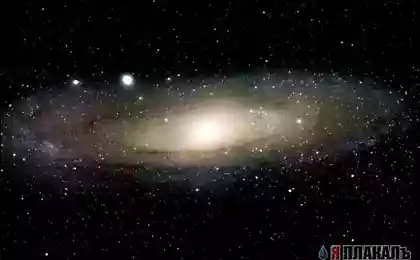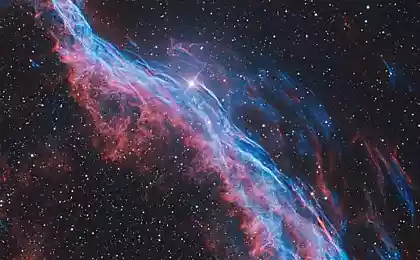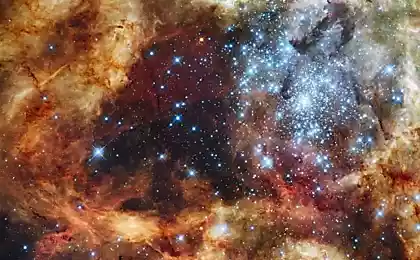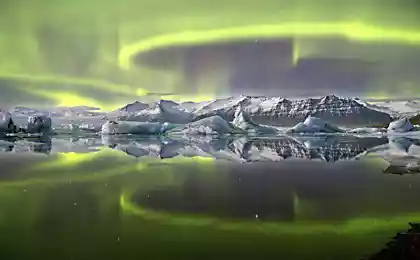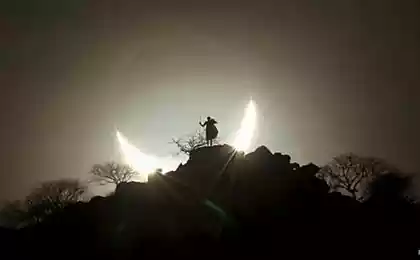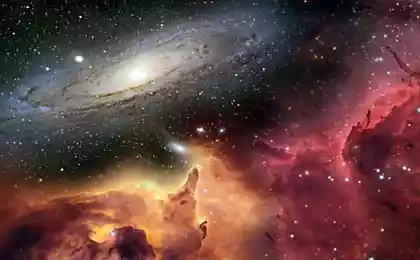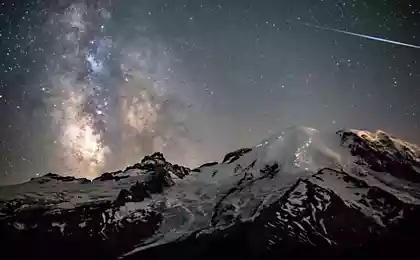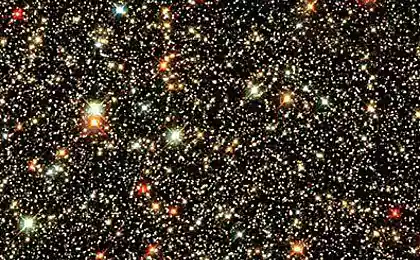1199
Stars die beautifully. The planetary nebula NGC 6153

When you click the image to open in full size i>
Hubble constantly sends interesting images near and far to us of space objects. At this time you should pay attention to the photo of a planetary nebula, which received the serial number of NGC 6153. This nebula is situated 4000 light years away in the southern constellation Scorpius. Light haze - all that remains of a star similar to the Sun, after the furnace space has exhausted all stocks of fuel. When this happens, the outer layers of the star were thrown, and have now formed a beautiful (for the human eye), the haze, a planetary nebula.
It is worth noting that this planetary nebula is not homogeneous. Inside - a set of secondary structures, which are clearly visible in the photograph. However, this feature is not the nebula is interesting to astronomers.
It turns, NGC 6153 contains large quantities of neon, argon, oxygen, carbon and chlorine: about three times larger than the solar system. Nitrogen concentration is five times higher than in our system. Perhaps the star itself has developed all these elements during its lifetime.
But really just предположение that initially occurred in star formation region is saturated with these elements. Now scientists are conducting a further study of the nebula.
Source: geektimes.ru/post/252696/
US chemists have created an eco-friendly agent, helps to collect oil from the water surface
Swedish scientists have created an artificial neuron that can communicate with the living neurons
